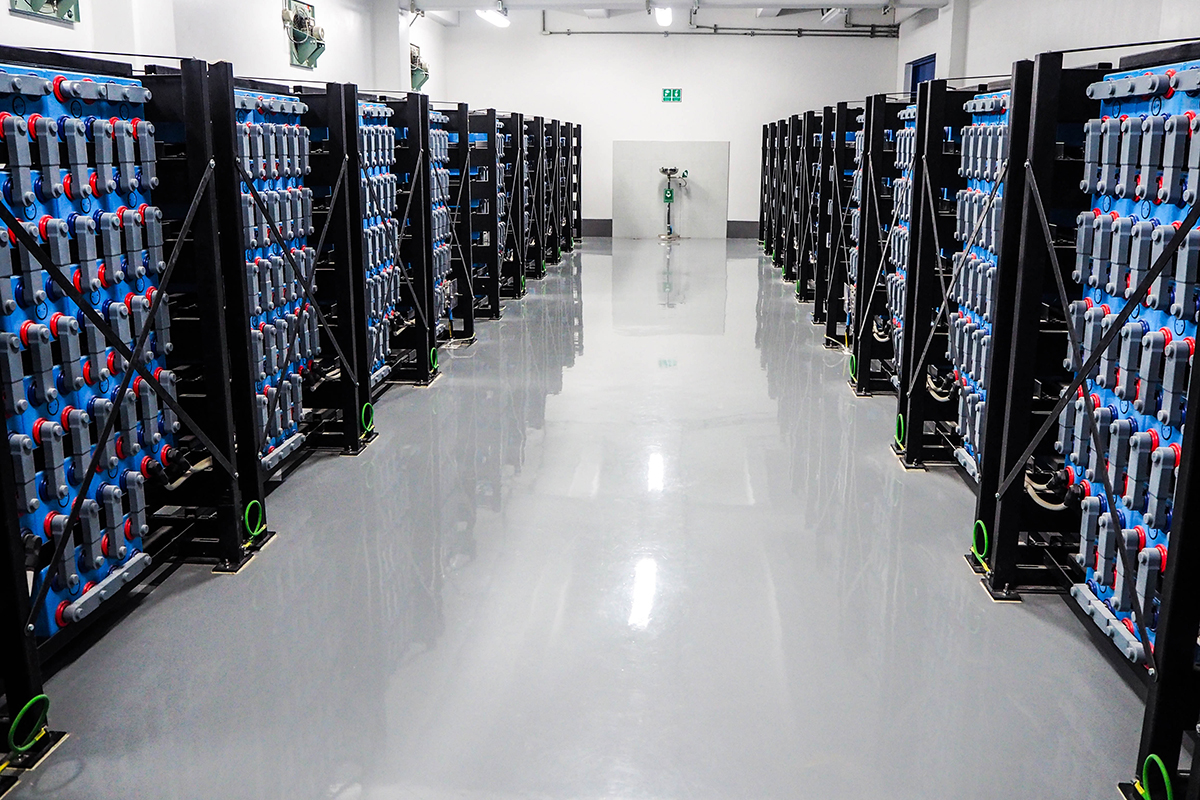Power outages are a big cost for companies and can cause big problems. According to Uptime Annual Report*¹ 60% of all major power outages at data centers cost more than 100 000 USD. When a power outage occurs the engine starts and provides power to the generator for electricity. But it takes a while for the generator to start and come up at the right speed. In many cases a short interruption is not acceptable for some customers or important companies. For example, the stock market, banks, airports or hospitals. In these cases UPS batteries are necessary. Read also at https://wdgroup.se/what-is-an-ups/
The UPS battery is especially vulnerable to failing cells simply because of the shared number of cells needed to get the required battery voltage of about 400 Volt. A typical UPS-battery comprises between 180 and 240 cells in series. The obvious disadvantage with having the cells connected in series is that if one single cell fails, the whole battery may collapse. The more cells in series, the greater the risk of a battery failure.
The big difference between a car battery and a UPS battery is that the car battery is tested several times a day, every time the car is started, and the UPS battery is very rarely tested. At each test you will notice if the battery has worsened, and you may decide to replace it to make sure it will work the next time you need to use it. When the UPS-battery gets worse it won’t show at all between the tests, it will either work at the next power outage, or not.
To make sure that your UPS battery is in good condition at all times, it must be monitored. By continuously measuring the battery current and each individual cell or block voltage, faults can be detected in an early state. If you also analyze the data from the UPS batteries, you can see if any cell / battery tends to be critical. Which means you do not have to do manual discharges and battery tests.
Battery cells can be replaced as soon as a fault is detected and the overall power system’s reliability is increased significantly, at the same time as optimal working condition is guaranteed for the rest of the battery.
*¹Uptime Institute Annual Report:
https://uptimeinstitute.com/2021-data-center-industry-survey-results

Comments are closed